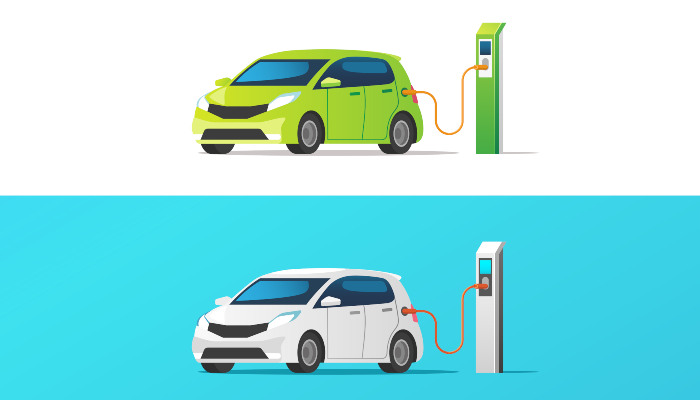
Electric & Hybrid Cars at Stoneacre
The switch is in motion to make our cars electrified
- Get up to speed with the electric revolution
- Explore hybrids and EVs from our manufacturers
- Discover the difference between hybrid & electric cars

Moving into the future...
The automotive industry is in a huge moment of change, with the electrification of our day-to-day vehicles very much in full swing. Hybrid and electric cars are more popular than they’ve ever been, and are fast becoming a norm on the road.
With all this change coming fast, it will be important for motorists to know the ins and outs of such vehicles – especially given that, from 2030, manufacturers will no longer be able to offer cars for sale in the UK that feature a combustion engine.
For anyone wanting to be prepared for this automotive revolution, we’ve put together all the information you might just need to get involved with hybrid or electric cars.

What’s the difference between Hybrid & Electric cars?
The core difference between how hybrid and electric cars work is that the former still have a conventional combustion engine doing most of the legwork in powering the vehicle.
Meanwhile, it is purely electric power propelling an EV, with the batteries and electric motors being utilised as the car’s exclusive source of power. When it comes to charging, EVs need this process to get back to full power, while it will depend which hybrid you choose as to whether it will need charging.
Hybrids can be seen as transitional vehicles for those looking to make a move to alternatively fuelled vehicles but aren’t quite ready for the jump to a full electric. Their primary use of an engine, with supplementary power coming from batteries and motors, will make drivers feel more at home before considering an EV.
